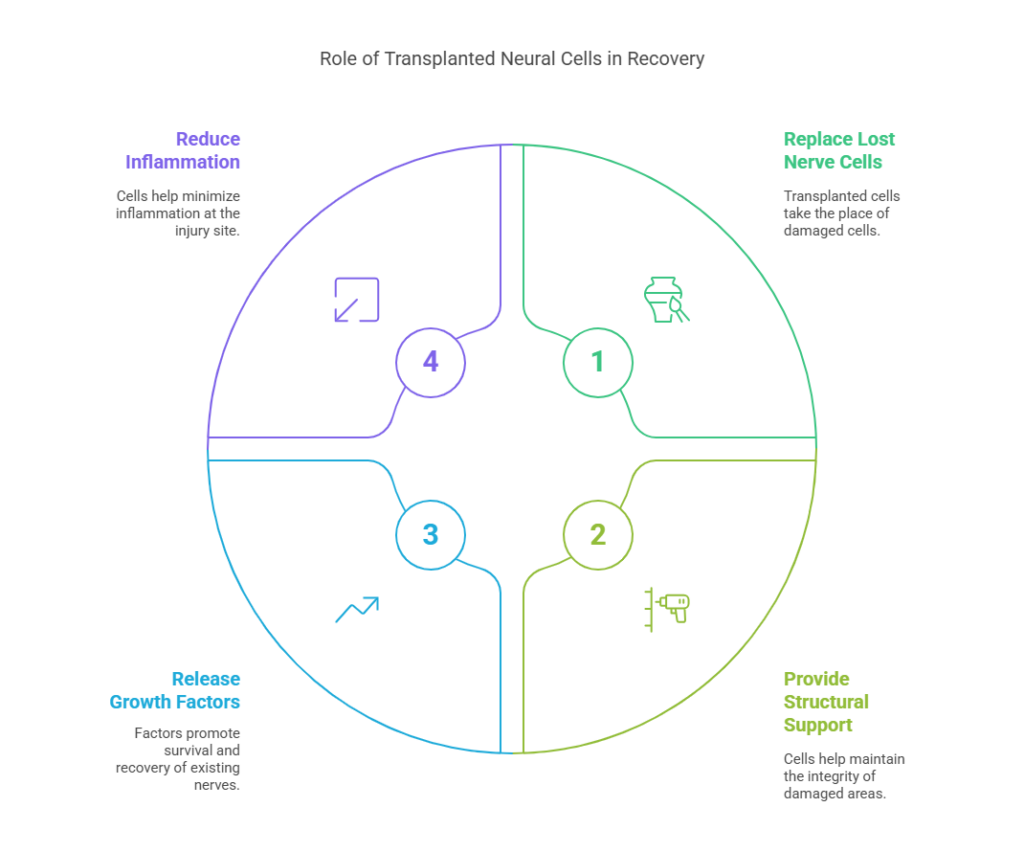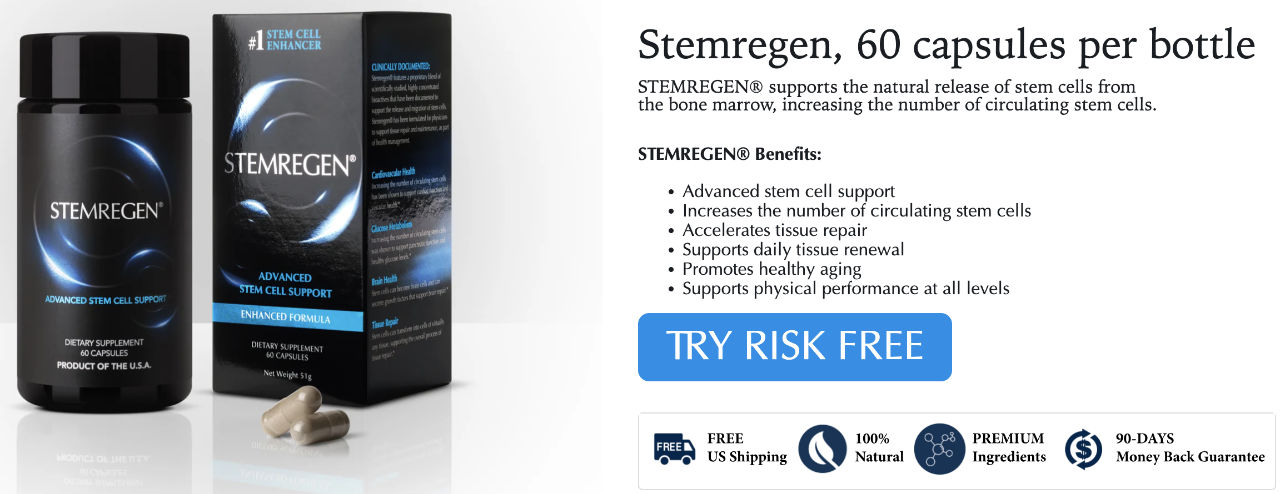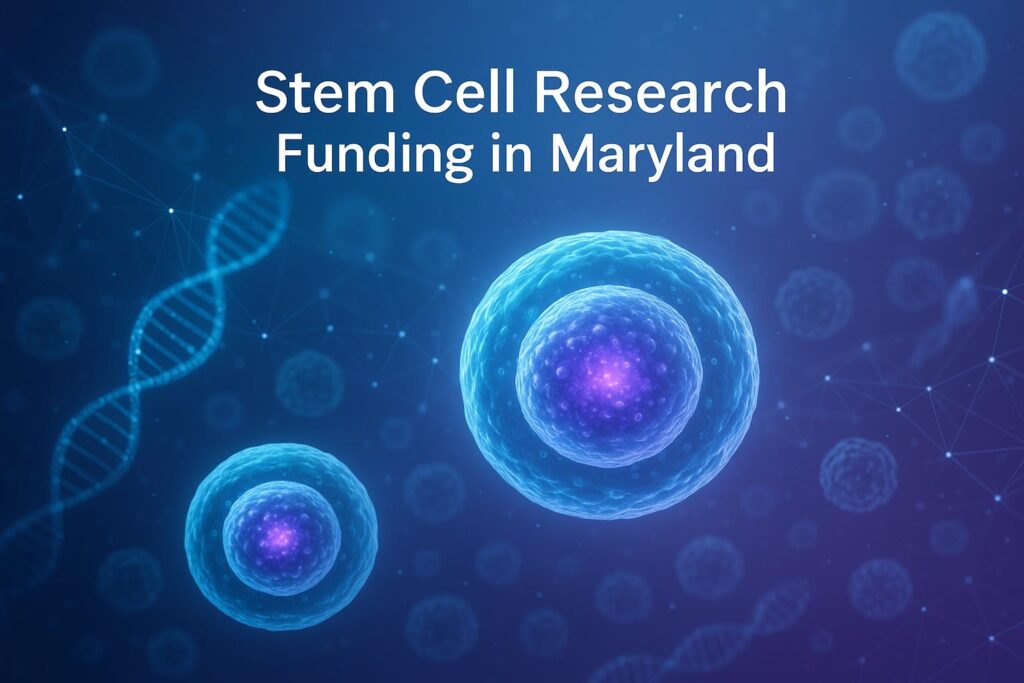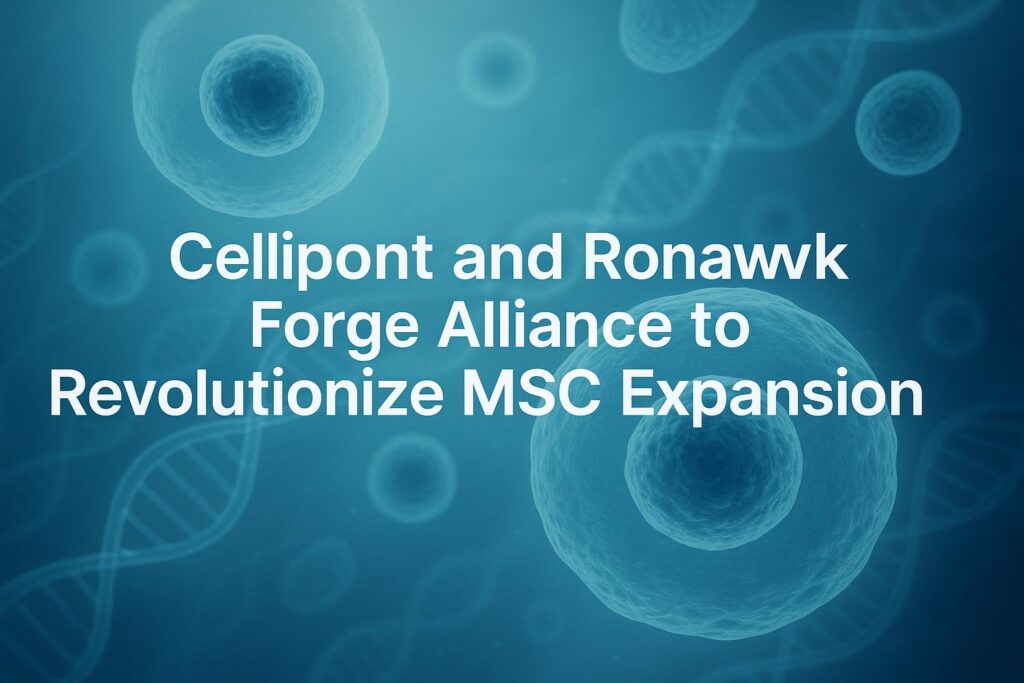Keio University researchers, led by Professor Hideyuki Okano, have made significant progress in using stem cells to treat spinal cord injuries.
This research uses induced pluripotent stem cells (iPS cells), which offer new hope to those affected by severe spinal injuries.
What are Induced Pluripotent Stem Cells (iPS Cells)?
Induced pluripotent stem cells, or iPS cells, come from adult cells like skin or blood cells.
Scientists reprogram these adult cells into a state similar to embryonic stem cells.
Once in this state, iPS cells can become almost any cell type in the human body, including nerve cells.
Keio University’s Clinical Study: A Global First
Keio University’s medical team conducted the world’s first clinical study involving iPS-derived neural cells for spinal cord injuries.
The study began in 2019, faced delays due to the COVID-19 pandemic, but achieved its first successful transplantation in 2022.
The clinical trial tested safety first and evaluated the potential improvement in motor functions secondarily.
The study focused on four adult male patients with recent and severe spinal cord injuries, classified as ASIA grade A (complete loss of movement and sensation).
How the Treatment Works
The procedure involved injecting approximately 2 million neural precursor cells directly into the injury site.
These precursor cells, derived from iPS cells, are specialized to develop into nerve cells such as neurons and glial cells.
The cells were carefully prepared under strict safety standards (Good Manufacturing Practice).
Promising Results in Early Trials
In March 2025, the research team announced their findings:
- Safety Confirmed: No serious side effects occurred in any of the four patients after one year.
- Motor Function Improved:
- One patient improved significantly from complete paralysis (ASIA grade A) to being able to stand and practice walking (ASIA grade D).
- Another patient showed considerable improvement, regaining partial muscle control, enough to feed himself independently (ASIA grade C).
- Two patients did not show significant improvement in motor function.
These results are especially noteworthy since recovery from such severe spinal cord injuries is rare without intervention.
How Do These Cells Improve Recovery?

Researchers believe the transplanted neural cells aid recovery by:
- Replacing nerve cells lost during injury.
- Offering structural support within damaged areas.
- Releasing growth factors that help existing nerves survive and recover.
- Reducing inflammation at the injury site.
Ongoing and Future Research
Keio University researchers are already exploring additional applications.
In animal studies, combining stem cell therapy with rehabilitation exercises, such as treadmill training, showed enhanced recovery.
This combined treatment approach may also benefit patients with chronic spinal injuries.
Professor Okano’s team plans a larger clinical trial to further validate these encouraging results.
A successful larger trial could lead to regulatory approval, making this therapy broadly available.
The Importance of This Research
Spinal cord injuries often result in permanent disability, severely impacting quality of life. With approximately 5,000 new cases annually in Japan, this breakthrough offers substantial hope to many patients and their families.
Keio University’s stem cell research represents a meaningful advancement in regenerative medicine, with the potential to significantly improve outcomes for spinal cord injury patients worldwide.



